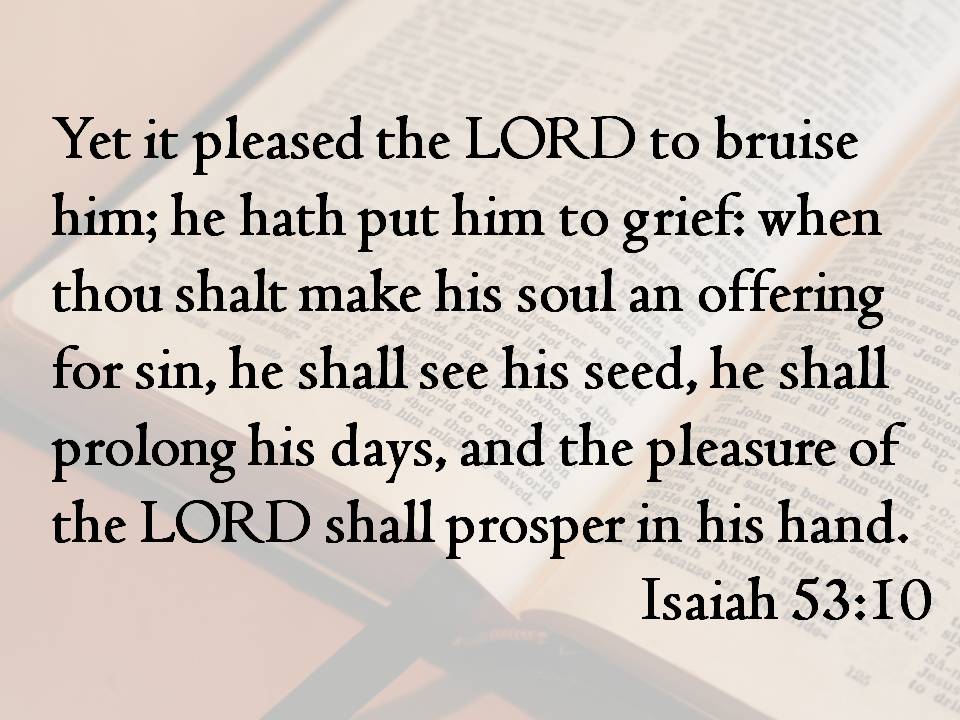Mormon Standards
What Did Joseph Smith Say?
The Prophet Joseph Smith was the founder and first President of the Mormon Church and allegedly received by the power of God over 95 percent of the present-day Mormon scriptures (except for the Bible). More information on Joseph Smith is found in Appendix 2. Note in the following how he said, “there is no error in the revelations which I have taught.” In other words, this man who was responsible for most of the Mormon scriptures claimed they have no errors.
When did I [the Prophet Joseph Smith, May 1844] ever teach anything wrong from this stand? When was I ever confounded? I want to triumph in Israel before I depart hence and am no more seen. I never told you I was perfect but there is no error in the revelations which I have taught. Must I, then, be thrown away as a thing of naught? (Teachings of the Prophet Joseph Smith, compiled by Joseph Fielding Smith, p. 368)
On another occasion Joseph Smith said: “Why do not my enemies strike a blow at the doctrine? They cannot do it: it is truth, and I defy all men to upset it” (March 1844, History of the Church 6:273). So, in summary, the founder of the Mormon Church and the man responsible for 95 percent of its unique scriptures stated very clearly that there are no errors in them.
What Do Mormon Scriptures Say?
The first revelations that the Prophet Joseph Smith allegedly received from God were collected in 1833 into a book called the Book of Commandments. Chapter 1, verse 7 (hereafter written 1:7) says: “Search these commandments for they are true and faithful.… ” A subsequent edition of this book was called Doctrine and Covenants (D&C) and was published in 1835.
Section 1:7 of this edition is exactly the same as 1:7 in the Book of Commandments. (The present [1986] edition of the D&C has exactly the same wording as is found in the 1833 and 1835 editions under 1:7, but this passage is now numbered 1:37.) Later on in this book we will examine other verses that are in the Book of Commandments to see if they also are exactly the same in the 1835 edition.
If they are “true and faithful” in the 1833 edition, one would expect no changes in the 1835 edition, and none in the 1986 edition. This is not to say that allowance will not be made for new “revelation.” It is the old existing revelations that will be compared. It seems reasonable to expect that no differences would be observed, seeing that Joseph Smith said they have no error and that the revelation allegedly from God also said they are “true and faithful.”
Another verse conveys a similar thought: “For God doth not walk in crooked paths, neither doth he turn to the right hand nor to the left, neither doth he vary from that which he hath said, therefore his paths are straight … ” (July 1828, D&C 3:2). This was numbered 2:1 in the 1833 edition and 30:1 in the 1835 edition. Moreover, D&C 42:56 says: “Thou shalt ask, and my Scriptures shall be given as I have appointed, and they shall be preserved in safety.” These all reinforce what Joseph Smith said, namely, that no errors should be expected in the revelations and that “they shall be preserved.”
The Book of Mormon expresses similar ideas. In Alma 41:8 we find: “Now, the decrees of God are unalterable … ”; and in Mormon 9:9 we have: “For do we not read that God is the same yesterday, today, and forever, and in him there is no variableness neither shadow of changing?” The Prophet Joseph Smith said the Book of Mormon was “the most correct of any book on earth and the keystone of our religion, and a man would get nearer to God by abiding by its precepts, than by any other book” (History of the Church 4:461).
This quote is also found in the Introduction of the Book of Mormon and is reinforced in the April 1993 Ensign, page 74, in a letter from the First Presidency. The title page of the Book of Mormon says it came “forth by the gift and power of God.” Doctrine and Covenants 17:6 has God saying the Book of Mormon “is true.”
The Character of God
Some of the scriptures that are compared below speak of the character of God. In that connection it will be important to keep in mind this statement by Joseph Smith: “It is the first principle of the gospel to know for a certainty the character of God … ” (Search These Commandments, 1984, p. 152, and Journal of Discourses 6:3). Joseph Smith said this at the April 6, 1844, Mormon Church General Conference in Nauvoo, Illinois. Note the key phrase “know for a certainty the character of God.” As you go through the scripture comparisons on the character of God, note whether they reflect certainty or uncertainty.
Using Mormon Standards
It seems reasonable, then, to expect a high standard of quality in the Mormon scriptures, both in content and in the transmitted text. This should also mean no contradiction in teachings, if they are from God, for in 1 Corinthians 14:33 we learn that God is not the author of confusion. If there is confusion, then it seems reasonable to conclude that the scriptures must not be from God.
As you read and study the material below, keep in mind that we have taken great care not to take the references out of context. We have also consulted the Joseph Smith Translation (jst) of the Bible (also sometimes called the Inspired Version and the New Translation by the RLDS) to be sure we are representing Joseph Smith’s thoughts in 1833 when he finished it. Joseph said that he started this translation of the Bible at the commandment of the Lord, and on January 10, 1832, he was told to continue the work until it was finished (D&C 73:3–4).
On February 2, 1833, Joseph said: “I completed the translation and review of the New Testament, on the 2nd of February, 1833 and sealed it up no more to be opened till it arrived in Zion” 1 (History of the Church 1:324). On July 2, 1833, Joseph said: “We this day finished the translating of the Scriptures, for which we returned gratitude to our Heavenly Father.… Having finished the translation of the Bible, a few hours since … ” (History of the Church 1:368–69).
There is some debate if it was really finished then, but we will take Joseph at his word, seeing that he claimed the Lord commanded him to finish it (D&C 73:3–4) and said he had completed the New Testament and, later, the Bible. Where we use biblical verses to show a conflict with the other Mormon scriptures, except as noted, 2 the Joseph Smith Translation 3 agrees with the King James Version.
If indeed Mormonism is what it claims to be, then it must be measured by its own standards. These are clearly laid out in the preface and above.
1 1. From the footnote on page 324 and the text on page 341 of the reference, and D&C 57:1–3, we learn that Zion is in Jackson County, Independence, Missouri, where the new Bible was to be printed.
2 2. The exceptions are shown by also showing the jst wording.
3 3. See Appendix 1 for more information on the jst.
Farkas, J. R., & Reed, D., A. (1997, c1995). Mormonism : Changes, contradictions, and errors (electronic ed.) (32). Grand Rapids: Baker Book House.


